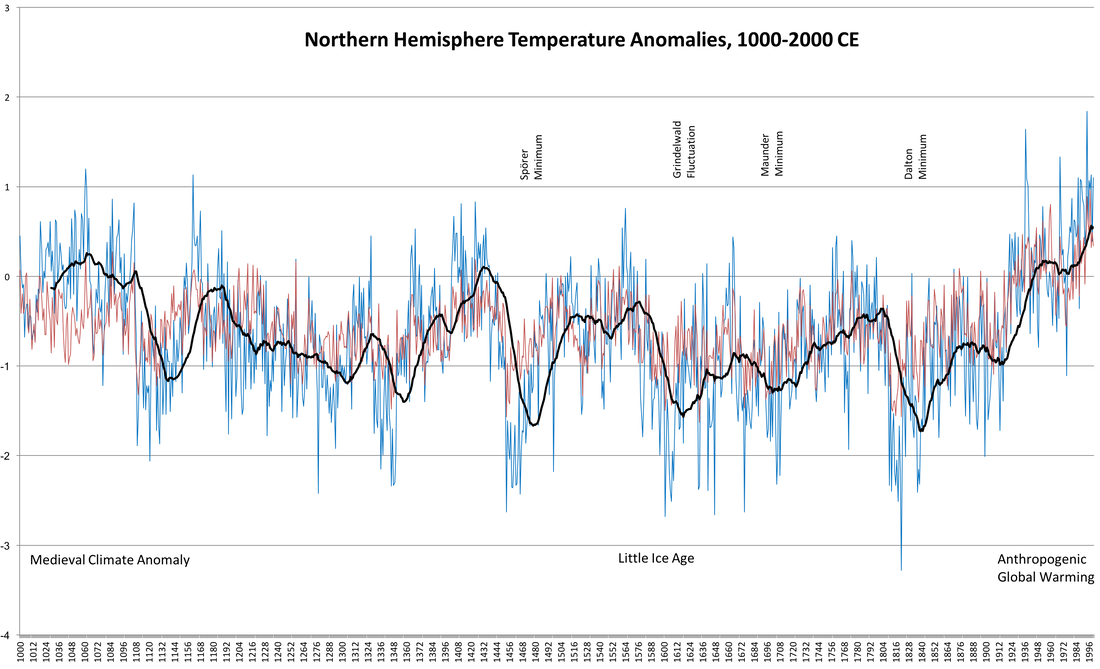Roughly 11,000 years ago, rising sea levels submerged Beringia, the vast land bridge that once connected the Old and New Worlds. Vikings and perhaps Polynesians briefly established a foothold in the Americas, but it was the voyage of Columbus in 1492 that firmly restored the ancient link between the world’s hemispheres. Plants, animals, and pathogens – the microscopic agents of disease – never before seen in the Americas now arrived in the very heart of the western hemisphere. It is commonly said that few organisms spread more quickly, or with more horrific consequences, than the microbes responsible for measles and smallpox. Since the original inhabitants of the Americas had never encountered them before, millions died.
The great environmental historian Alfred Crosby first popularized these ideas in 1972. It took over thirty years before a climatologist, William Ruddiman, added a disturbing new wrinkle. What if so many people died so quickly across the Americas that it changed Earth’s climate? Abandoned fields and woodlands, once carefully cultivated, must have been overrun by wild plants that would have drawn huge amounts of carbon dioxide out of the atmosphere. Perhaps that was the cause of a sixteenth-century drop in atmospheric carbon dioxide, which scientists had earlier uncovered by sampling ancient bubbles in polar ice sheets. By weakening the greenhouse effect, the drop might have exacerbated cooling already underway during the “Grindelwald Fluctuation:” an especially frigid stretch of a much older cold period called the “Little Ice Age."

Tree growth anomalies relative to the 1000–1099 CE average (blue) with a 30-year running average (black), and European and Arctic summer temperature anomalies relative to the 1961–1990 average (red), from 1000-2000 CE. Adapted using data in Sigl et al. (2015).
Last month, an extraordinary article by a team of scholars from the University College London captured international headlines by uncovering new evidence for these apparent relationships. The authors calculate that nearly 56 million hectares previously used for food production must have been abandoned in just the century after 1492, when they estimate that epidemics killed 90% of the roughly 60 million people indigenous to the Americas. They conclude that roughly half of the simultaneous dip in atmospheric carbon dioxide cannot be accounted for unless wild plants grew rapidly across these vast territories.
On social media, the article went viral at a time when the Trump Administration’s wanton disregard for the lives of Latin American refugees seems matched only by its contempt for climate science. For many, the links between colonial violence and climate change never appeared clearer – or more firmly rooted in the history of white supremacy. Some may wonder whether it is wise to quibble with science that offers urgently-needed perspectives on very real, and very alarming, relationships in our present.